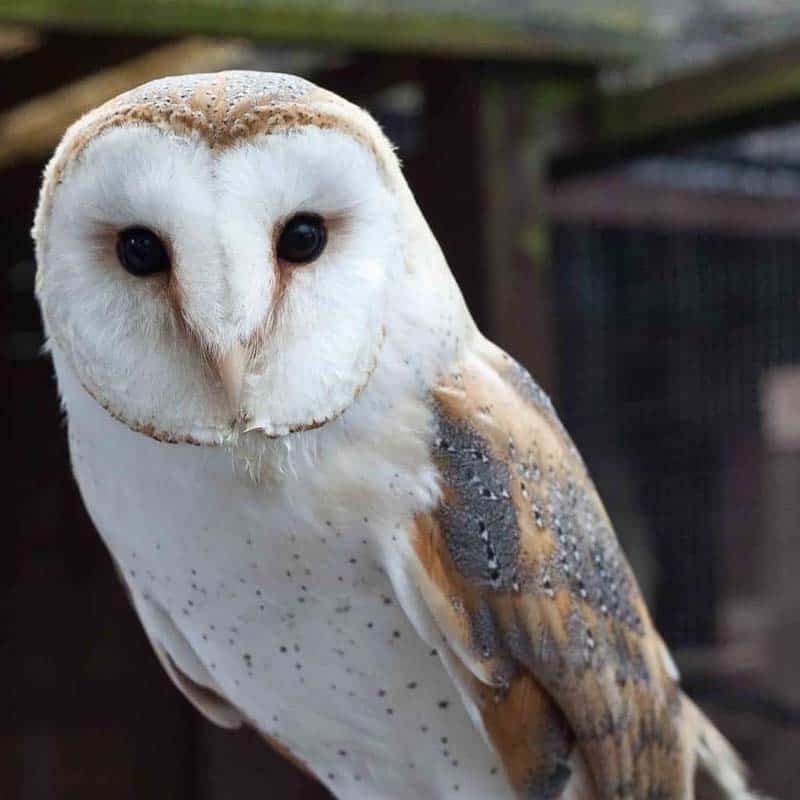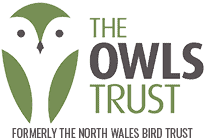Barn Owl Facts
Barn Owl
The Barn Owl was once a familiar sight in the British countryside. As its name suggests, it was frequently found in and near farm buildings, where it was welcomed by farmers because of its usefulness in pest control. A pair of Barn Owls and their young may eat about 1,000 rodents between them during the three month breeding season.
Though there is no reason to suppose that the Barn Owl did not reach Wales under its own steam, if humans had not cleared the original forest cover back in Neolithic times some 5,000 years ago, there would have been a precious little habitat for it to colonise at all. In fact, the Barn Owl is really a bird of tropical savannah which has been able to take advantage of agricultural clearances in more temperate zones such as ours.
Unfortunately, as 20th Century farming methods led to the destruction of hedgerows, meadowland and field headlands – with the consequent loss of habitats for prey species – and as old farm buildings were either demolished or converted to other uses, the Barn Owl population has crashed to a dangerously low level.
Latin Name: Tyto alba
Length: 330-350mm
Wingspan: 850-930mm
Weight: 240-390g
Conservation Status: Not globally threatened but many island populations are threatened or vulnerable mainly due to loss of habitat. Of concern in the UK.

The greatest concentrations are found in low-lying arable areas where prey is abundant. The Barn Owl nests in hollow trees, buildings and crevices in rocks.
Get Involved
You can visit our Barn Owls at The Owls Trust. Why not view our Adopt an Owl Page where you will find how to help The Owls Trust and adopt Delyth one of our Barn Owls if you wish to be involved with their care.

